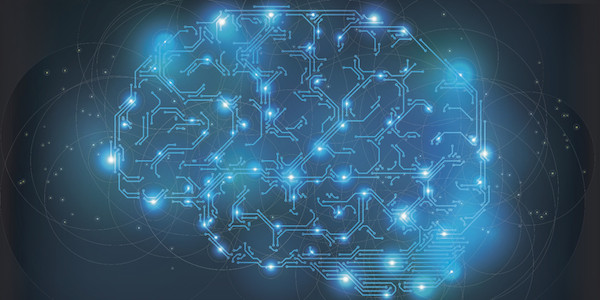Big data is no longer a big deal but smart data is sure a smart strategy
We are all pretty much unanimous that the once IT buzz word “big data” is no longer the awe-inspiring complex beast which can be tamed only by expensive databases and superlative data analytics platforms. Cloud architecture and collaborative open source software brought big data processing within the reach of pretty much all enterprises. Analytics domain has reached a stage where big data is now just normal data.
Affordable technologies made it possible for all enterprises to join the big data bandwagon. However, it is not the volume of data that they can store which is important but what they do with all that data which became the critical business differentiator. And that is where big data ends and “smart data” makes its entrance.
Having the ability to store infinite data should not be confused as the responsibility to analyse everything. Big data can take a meaningful and strategic turn only when “relevant data” is funneled out to convert it into “smart data”. This effort will continue to be driven by big data but now from the back-end and not from the driver’s seat any more.
Big data does not necessarily mean big revenues unless it is sliced and diced into a smart size nugget of ready-to-use information to facilitate smart and quick business decisions. Smart data analytics start with filtering out only the useful and meaningful chunks of big data aligned to business strategy and objectives. Fast data so derived is converted into measurable metrics; metrics overlaid with analytics provide prescriptive results which can transform business decisions and boost company’s coffers. By achieving a blissful union between actionable data-driven insights into customer behavior, needs and wants and prompt executive action, smart data analytics can be CFO’s best friend to drive bottom line growth.

Big data can take a meaningful and strategic turn only when “relevant data” is funneled out to convert it into “smart data”.
If big data provides predictive analytics based on historical customer behaviour, smart data goes one step further to provide prescriptive analytics to give exactly what the customer needs or desires in real time or almost as instantly as possible. For example, one big data set of customer records tell you that an existing customer is known for only discount sales. Another big data set of records capture that the same customer looked up a product but did not buy. When that product comes on sale, smart data puts the above two data sets, captured in different time frames, together and shoots the most personalised alerts to the customer. Leveraging the information provided by smart analytics technology, business strategy can go a step further and tell the customer that the product can be delivered for pickup at a store location nearest to customer’s residence. Such personalised wooing with tailor-made deal is definitely a hard to resist bargain for the customer. Smart data analytics makes such dynamic campaign a reality, thus securing the best value for customer as well as a guaranteed boost to company’s sales figures.
There is no magic formula or a silver bullet to transition big data into smart data. It requires data scientists who can link together scattered and random big data, contextualise it and bring value to the table via sophisticated predictive and cognitive analytics. It means shifting focus from technology side of things to business side of things. In other words, IT-driven big data is being replaced by business executive driven smart data.
First step in moving to smart data is to start with the business problem to solve and the milestones to achieve. It involves identifying and leveraging only the relevant data required to achieve the focused goals and canceling out the white noise. For example, data about a web user hitting “like” button on Facebook or researching about product details shows potential interest in the product but a message sent to a friend “see you outside xxxx showroom in the evening” with the showroom name hashtagged is nothing but white noise. Big data applications will store both the sets of information but analytics should have/develop the ability to leverage the former and ignore the latter. In other words, big data phase focused on the dimensions of volume and velocity. Now that they are conquered, smart data phase should be focusing on the dimensions of variety and veracity to bring value.
To sum up, Gartner dropping big data from its Hype Cycle of Emerging Technologies of 2015 caused a furor in the IT community. It is equally interesting to note that the term “smart dust” made its first appearance at the bottom of the Hype Cycle in the “Innovation Trigger” segment in the same report. This should provide an equally interesting and possibly a turbulent joyride for “smart dust” as well in the next few years, just the way it did for big data.
By Yamini Kona, principal consultant, financial services, Infosys












































